
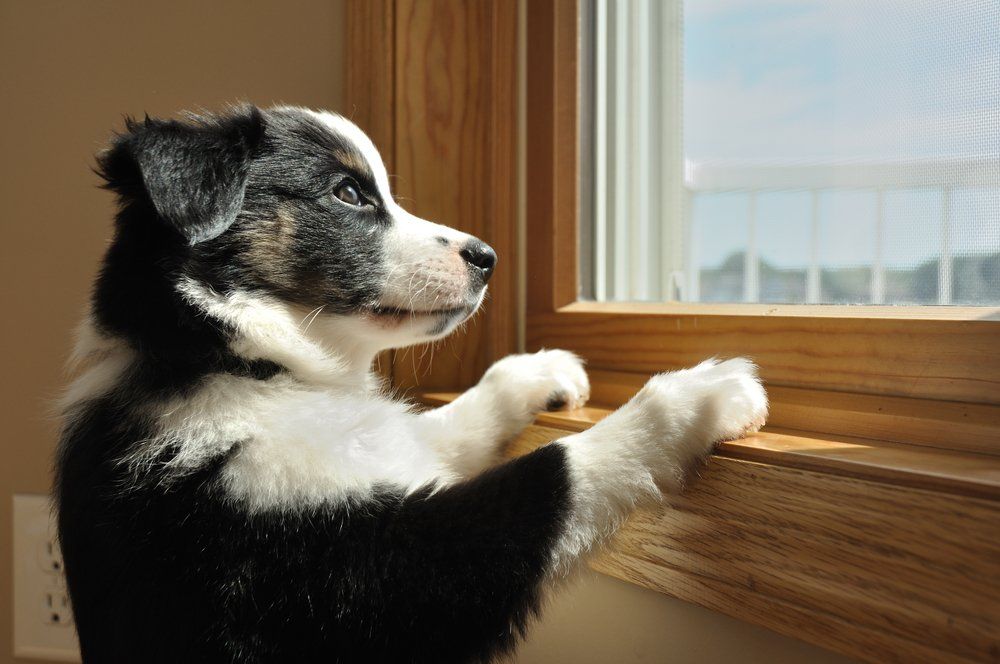
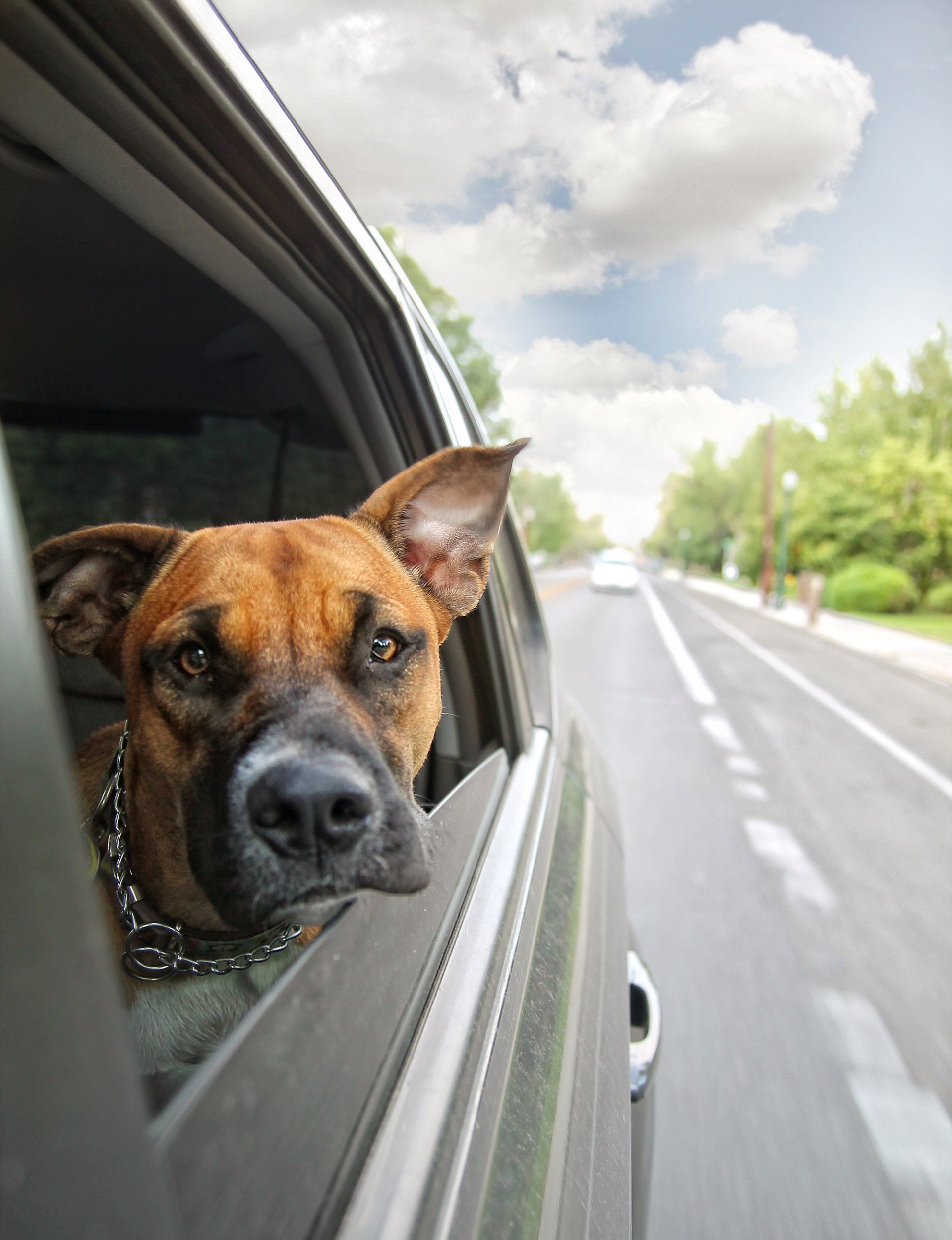
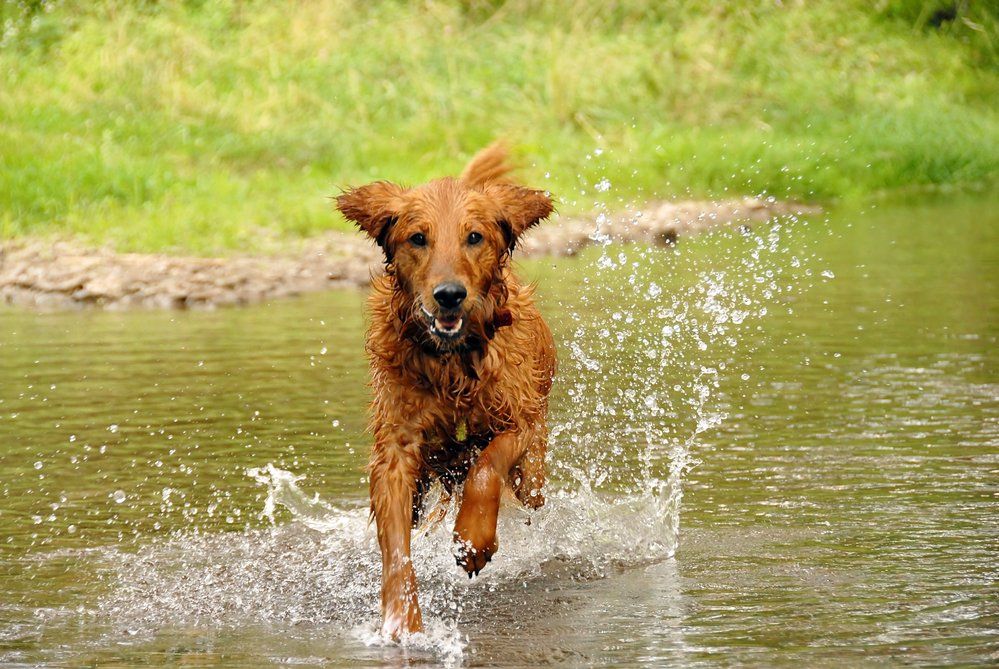
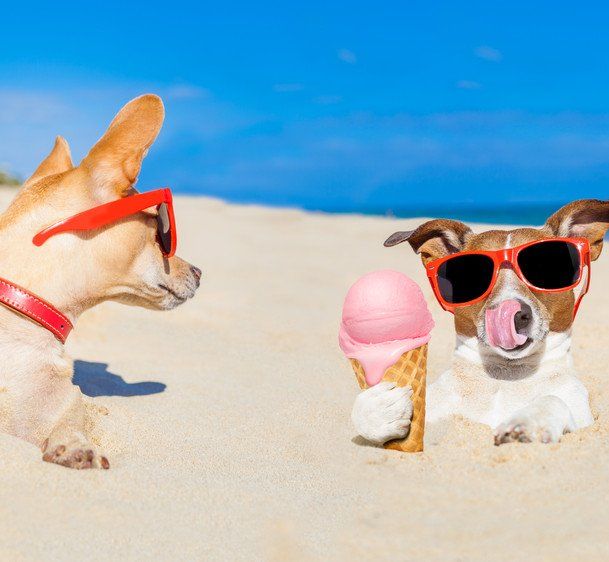
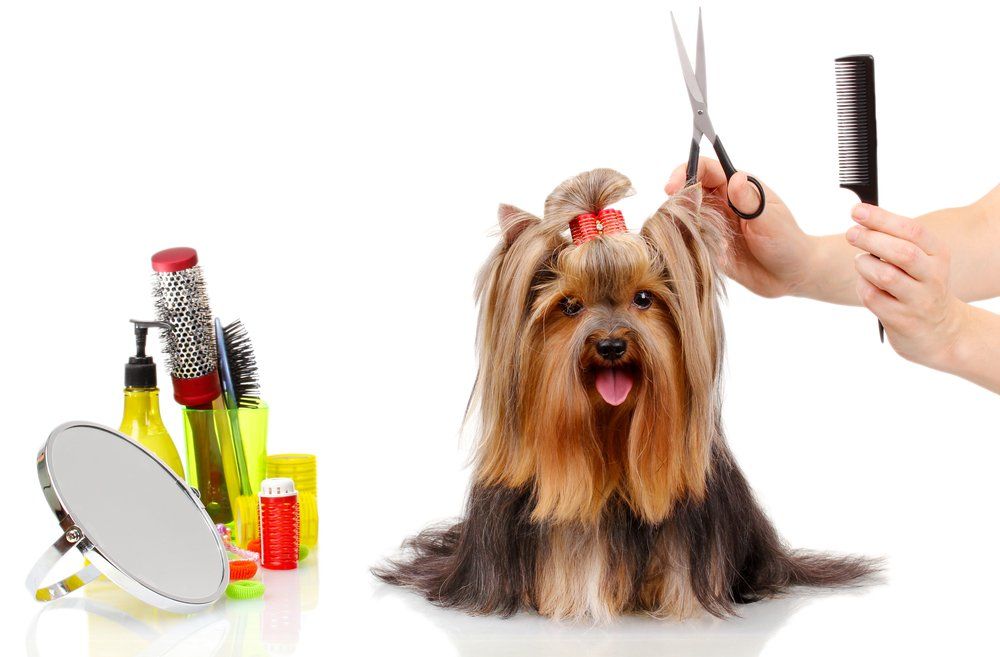
Last week, while conducting an initial consultation with a very young puppy, the proud new puppy parents were showing me the shot records from the vet. Highlighted was recommended reading by the famous TV Celebrity “dog trainer.” I gasped, I questioned, and the two new owners both assured me that the vet recommended this reading. My head was spinning.
Yes, I get it, your neighbor has a dog and is well behaved, so they are versed to give you advice on what to do and what not to do. It is entirely different when the advice is coming from a professional. While the advice, theories, recommendations differ from neighbor to neighbor, but even worse, from the “professionals.” As WE, the more intelligent being, try to figure it out, our dogs are just sitting back, licking their paws and wondering when and if are WE ever going to get it right?
There’s no chance that there’s anyone who hasn’t already heard of the “alpha dog” myth! This myth is everywhere. We hear about it on TV and read about it in books and on the Internet. What’s more, we even hear vets and educators talk about it all the time. The core concept of this principle is to use force and intimidation techniques to overpower the dog, making him submissive. What they are saying is that we as human beings need to be the alpha.
Well, they are all in the wrong, and we will explain why. But before delving further into the matter, we’d like to introduce everyone to the origins of this myth.
In the 1930s and the 1940s, Rudolph Schenkel, an animal behaviorist, conducted a study about captive zoo wolves. He realized that wolves in a pack fight for dominance and that the one that wins this fight is the alpha wolf. This approach served as a foundation for the study of canine social behavior, and they named it “the dominance theory.”
Essentially, observations of wolf behavior in the zoo were erroneously linked to how wolves behave in the wilderness. Afterward, that same behavior was linked to how domestic dogs behave as well. Schenkel was not the only one who found out that wolves do engage in violent and bloody battles for the throne. However, it’s imperative to emphasize the environment these wolves were in during the observations.
The main issue with this theory is the fact that this behavior can’t be taken as natural and normal due to the artificiality of the environment. Hence, wolves in the wilderness don’t necessarily behave in this manner. It’s quite the opposite. A wolf pack is a family. It consists of a male and a female wolf - the mated pair - and their offspring. In some occasions, it’s possible that a couple or more families group together. Once the offspring mature, they leave the pack and go their way, leaving the mated pair as the only long-term members.
On the other hand, there’s inevitable tension among wolves that are held captive and forced to live together for a long time. This tension builds up and leads to bloody battles between mature adults. However, this situation isn’t common in a natural, wild pack.
As we were able to see, this was all about wolves, not dogs. So, why should we even draw a parallel between the two? Well, the logic behind “the alpha dog theory” considers dogs wolf descendants. And, since wolves live in hierarchical packs, someone figured that humans need to take action and dominate their dogs. “Alpha Rolls” suggesting grabbing your dog and throwing them on their side, scream in their face, to show them that you are the dominant figure, Wolves do not do this. Wolves, only on the occasional times of social tension, the individual wolf with place themselves on their back, known as “passive submission.” We humans, often think our dog is asking for a belly rub. Meanwhile, they are still licking their paws and now possibly scratching their heads...
Yes, we all know that dogs are descendants of wolves, and dogs, like wolves, can be territorial and ritualized. But, on the other hand, dogs differ from their ancestors in so many ways. That can be an entirely different blog.
Dr. Ian Dunbar is the founder of the APDT, which stands for the Association of Pet Dog Trainers. His organization consists of nearly 6000 members across the world. The focus of APDT is the promotion of reward-based training methods. Therefore, what they are really working on is raising awareness and reducing the use of aversive methods.
This organization paved the way for a dog-friendly approach to training. And, the situation started to look way more positive for our dogs. Thanks to that, dog trainers, vets and professional educators started passing this positive method onto their clients. The goal is to reduce, and eventually completely stop, abusive methods such as alpha roll, scruff shake, ”dominance,
Still, there are some people that are sticking with the dominance model. They argue that there are dogs that have been trained with success according to the “alpha dog” model.
“Positive punishments,” or commonly known harsh force-based methods, are a part of the operant conditioning. This principle really works, and it’s extremely effective in eliminating certain behaviors. Positive punishment, adversives, are never a way to train your dog.
Violent behavior leads to a more violent behavior.
Assuming that we want to follow the dominance method if our dog fights back, we would need to fight back even harder. That way, we would be establishing ourselves as the “alpha,” or the pack leader. However, it’s very likely that this would escalate into a more violent and possibly unsafe situation.
Sometimes, a dog might not submit, or he might submit temporarily. In any case, he will erupt aggressively as soon as a human does something violent or inappropriate to him. If that happens, according to the dominance-theory training, trainers consider dogs incorrigible. In addition to that, dog trainers insist that the dog might be an unsuitable family companion, leading to a death sentence. It’s needless to say that, had they treated them appropriately in the first place, the majority of dogs would be perfectly fine.
For more on how positive dog training
got started read: The Origins of the Positive Dog Trainer
How “Softer” Dogs Suffer Because of the Dominance Method, Too
On the other hand, dominance does nothing good even for dogs that are “soft” and calm. Essentially, dogs can see the unnecessary rank insertion of a dominance dog trainer as a threat, which can easily damage them. In case that happens, the dogs will become fearful and mistrustful.
Lastly, letting ourselves think that dogs would even consider us a part of their canine pack is ridiculous! Dogs are aware of our body language, and they know that it differs strongly from their body language. They are absolutely aware of how inept we are at reading and understanding the canine body language. What’s more, they know how equally inept we are at imitating it as well.
So, it’s crucial that we learn how to co-exist with dogs and stop trying to insert ourselves into their social structure. Once we manage to maintain peace and start working on positive reinforcement, we will be one step closer to a harmonious relationship.






